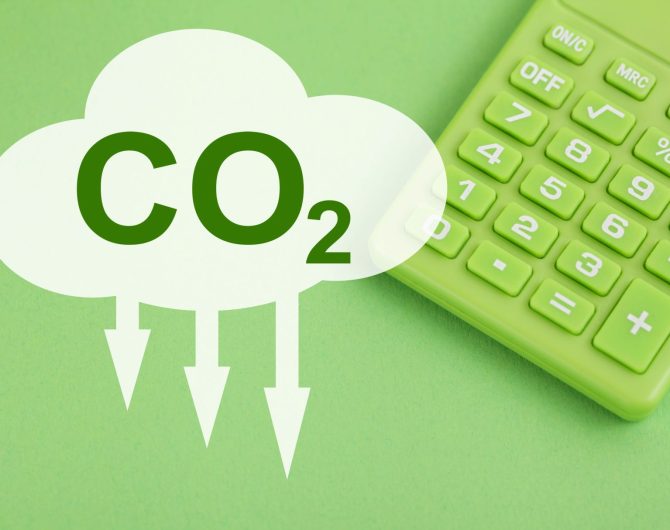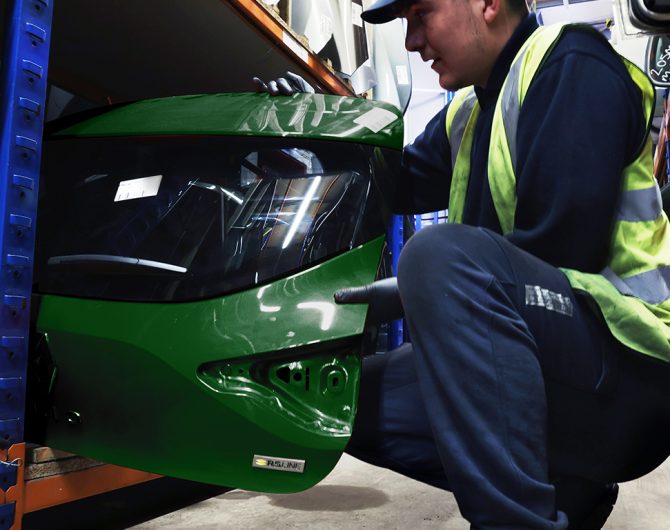

From recycling waste at home to sharing hand-me-downs, people are recycling and reusing things like never before. Why should car repairs be any different?
Green parts – genuine used, non-safety critical parts like doors, engines, headlamps and tailgates – are less expensive and more environmentally friendly than new parts.
The table on this page shows the carbon savings that our top selling green parts offer compared to their newly manufactured equivalent.

We’re proud to say we are the first vehicle salvage, dismantler and recycler to offer carbon labelling. But, as the first ones to do it, we found that there wasn’t much existing research to draw on. That’s why we’ve been prudent when we calculated our CO2 savings and compared them to newly manufactured parts. But we believe the CO2 savings speak for themselves.

We studied our dismantling process: from the vehicles arriving at one of our sites, all the way through to how we clean and pack the green parts for distribution to you.

When a vehicle is written off or reaches the end of its life, a large proportion of its parts will often be in full working condition. Unfortunately, only a small proportion of these parts will be recovered and reused. In the UK it’s thought that only around 3% of parts were reused3.
At SYNETIQ, we recover and reuse around 130,000 parts every year from the damaged vehicles that come through our doors. That’s a lot of carbon savings. Lots of insurers are making the move to green parts, and we encourage you to ask your insurer to do the same.
Sources:
1 BEIS, 2021. GHG emissions for materials: BEIS Conversion Factors
2 Argonne National Laboratory, 2020. Update of Vehicle Material Compositions in the GREET Model.
3 Eurostat, 2021. End of life vehicles reuse, recycling and recovery, totals United Kingdom 2018.